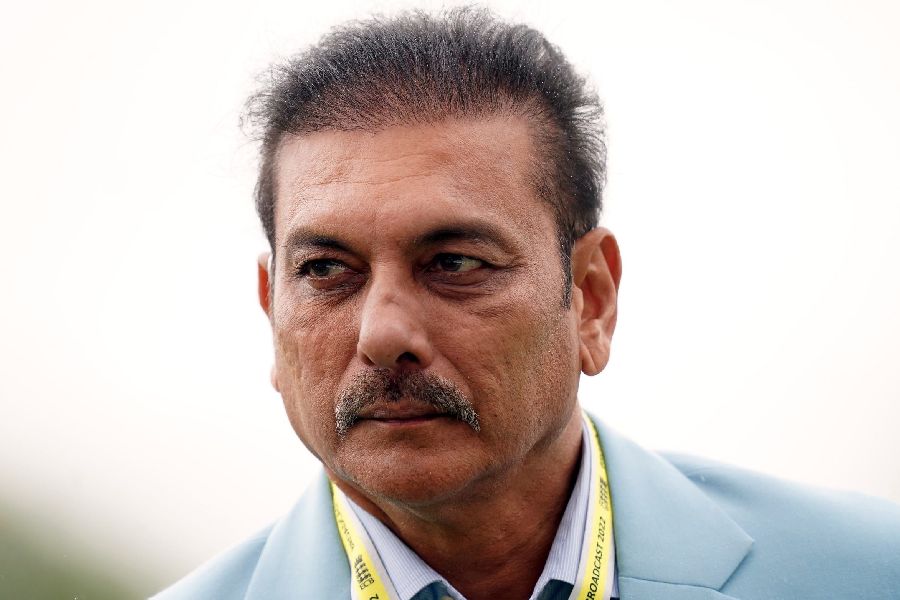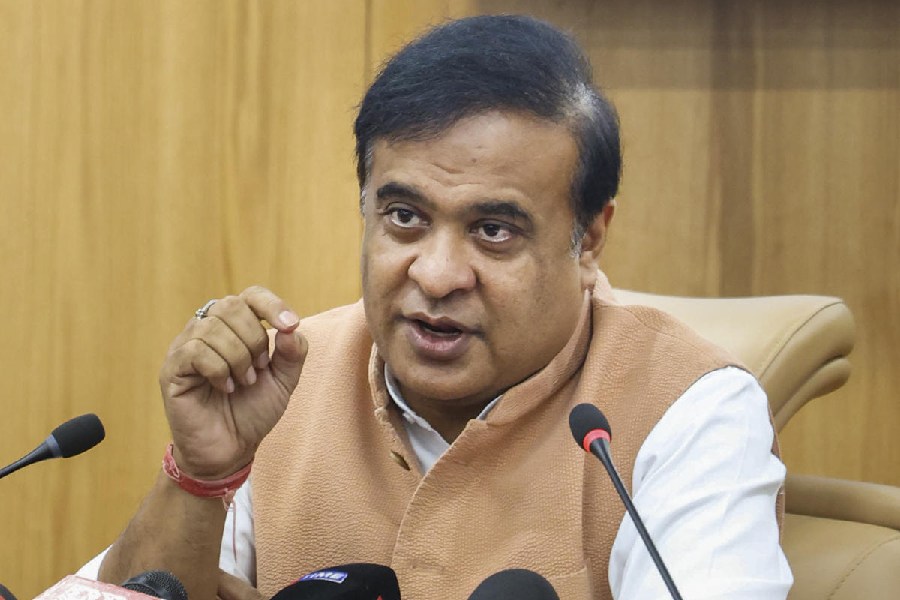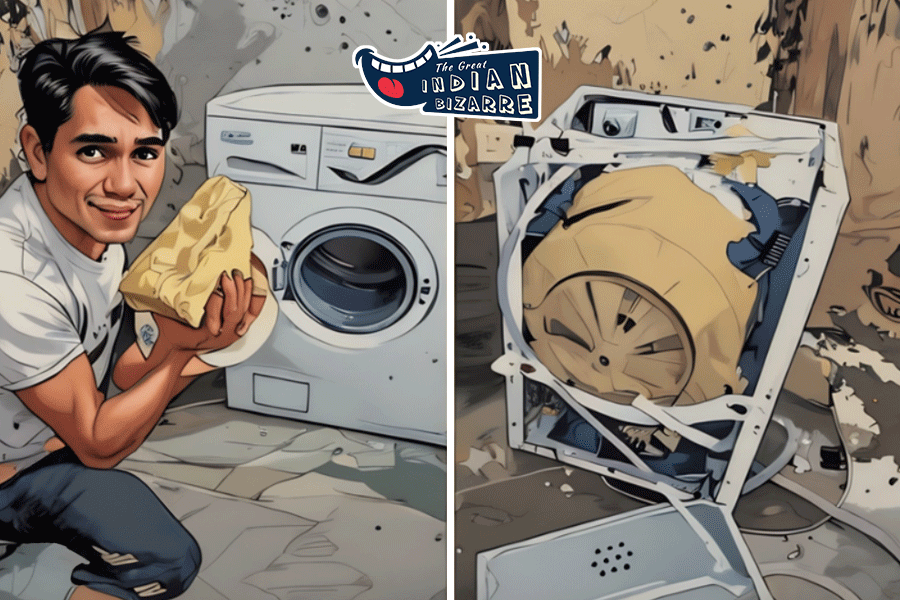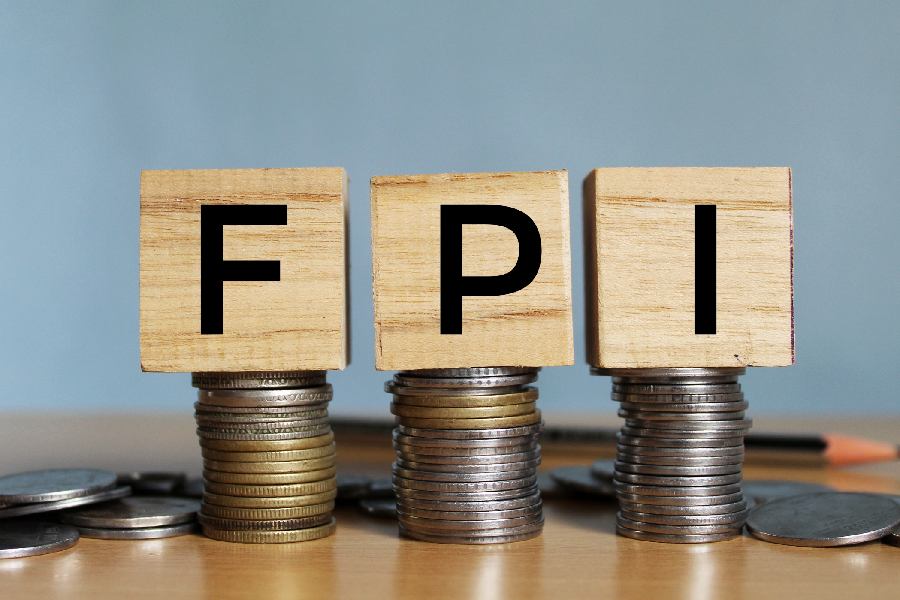 |
Oly Pub:
Started as Olympia Bar and Restaurant in 1947 and reborn as Oly Pub in 1981, is lovingly called just Oly by some. Famous for its beef steak, which is said to have enough medicinal properties to cure upset stomachs, and the meeting of thirsty minds, it’s the cheap watering-hole on Park Street a first-time visitor to Calcutta may hear no end of and may even get dragged to.
If Mount Olympia must be scaled, be fortified with adequate doses of alcohol to numb the olfactory faculties because the musty smell that rises from the turf is not just the perfume of nostalgia. No one had noticed the fragrance steaming up from the carpets so long as the place was fogged over with cigarette smoke. Tobacco is not mere skull and bones.
You may also wonder if the drinking heaven should be better named as cockroach haven with the odd mouse thrown in. Or why the tables are so unclean, and if the service is friendly and why is it so leisurely.
Charu Das, who used to go there in a group before her marriage, says Oly has taken a fall, a hard one, over the past year and a half. “Recently I went back after seven months. The crowd has changed. Most of the old staff has left. The service has gone to the dogs. The food is bad. It is definitely overrated.”
Maybe, it takes a marriage to peel the Oly illusion visible only through a haze of alcohol and heady youth.
 |
College Street Boi Para:
Should be rechristened College Street Text Boi Para. It lives only in the barely credible tales of fathers and grandfathers who had found the first edition of something or the other or a signed edition of someone or the other from the piles of tattered tomes half a century ago. “It is sheer horror,” says Nabarun Bhattacharya, author.
“In the 50s and 60s the Sarat Bookshop allowed us to meet and discuss books and browse. Now it has changed,” adds film and theatre critic Samik Bandopadhyay.
A woman looking for Chander Pahar (the Moon Mountain), the great adventure novel by Bibhutibhushan Bandyopadhyay, had to trudge up and down the stretch, braving the pest-like insistence of vendors, before hitting pot luck. After a half-an-hour wait, a young man materialised from somewhere huffing and puffing to offer a slightly damaged copy of the book. It may not be a bad thing to let loose Bunip, the Bengali Godzilla in the Moon Mountain , in Boi Para. Bunip in Boi Para has a Ray (Gangtok e gandogol) ring to it.
 |
Coffee House:
Eeeew! Next you’ll mention Coffee House. Infusion — known in the rest of the world as cheap black coffee — and smoky intellectual pretension make a deserve-each-other pair here. If the coffee is bad, the talk is worse.
“At a point of time it played a role historically. There was no other place where young people could meet and converse. Coffee House is irrelevant today,” says Bandopadhyay.
Once upon time, Allen Ginsburg, the American poet, came here. Once upon a time, Ray and Ritwik, separately surely, sat here. Once upon a time….
Give us a break.
Food writer Nondon Bagchi has something nice to say, though. “It is the only place where I have found the innovative mutton chow mein.”
 |
Calcutta Book Fair:
Let’s see this book thing through. Once and for all. “The book fair attracts hordes of spectators, but is there any actual intellectual exchange?” asks Bhattacharya. In his story Boi Melaye Fataru (Fataru in Book Fair), the Fatarus, subversive characters created by the author, had visited the exhibition after it had burned down to collect only “useful” stuff such as almanacs and books of prediction. Then they had poured some foul liquid on Park Street, near the bar where some of the organisers of the book fair were drinking.
Had book fair-lover Buddhadeb Bhattacharjee been informed, he might have summoned central paramilitary forces.
The Calcutta Book Fair remains one of the most important events on the city calendar. We know why. Cookbooks sold most as a genre this year, says a publisher.
 |
Biryani:
We love our food — our biryani, perhaps more than our books. Bad joke. There’s nothing jokey, though, about the heated debate over the biryani is best at Shiraz or Arsalan. Zeeshan or Amenia?
Calcuttans living in Delhi and Mumbai threaten visiting friends and relatives with a grilling in the oven if they don’t carry parcels of their favourite Calcutta biryani on the flight.
What’s the greasy fuss all about? Ok it’s fluffy and tender and served with potato and sometimes with an egg and, if you are lucky, with a piece of meat — trust Calcuttans not to worry about the extra calories. But is it really worth the handi it’s slow-cooked in?
“I have had biryani in old Delhi, the gullies of Hyderabad and Lucknow and in Kerela and seriously I do not feel that the Calcutta biryani is so great,” says chef Sujan Mukerjee of Taj Bengal.
Fearless man.
 |
Mishti Doi:
Amrita, the sweet shop at Fariapukur, lists mishti doi as its speciality. But it is available in every sweet shop across the length and breadth of Calcutta.
At its best it is supposed to be delicate pink, creamy, rich, and sweet — but not cloyingly so. Often it is an unnatural pink, greasy with dalda and too sweet or even sour. Yet every visiting celebrity to the city feels duty-bound to say that they love mishti doi.
At its best it’s sublime, says Nondon Bagchi adds that only one of every 10 shops has good mishti doi. Chef Mukherjee, who says mishti doi is “completely unique”, is sterner. “You get really good mishti doi in only one out of every 100 shops.”
Let us know when you find one.
 |
Chacha’s fowl cutlet:
Legend has it that queues would form outside Chacha’s in the afternoon*** because the cutlets would fly off the pans before you can say fowl. And this is important. For, at Chacha’s, even now, you’ll be considered bird-brained if you ask for chicken cutlet. Discreetly, you’ll be reminded it’s fowl, not chicken.
“I have heard that long back when Chacha was there you didn’t get tea at Chacha’s. Apparently Chacha used to say one wouldn’t want to have tea after his cutlets. They’ll lose the taste of the cutlet,” laughs 58-year-old Parag Bandopadhyay.
Now, Chacha’s sells chow mein and rolls. And only the brave-stomached and iron-palated will survive the fowl cutlet, round like a roti and thick-skinned as Lalit Modi. The charitable will say the fowl lost its way when Chacha’s crossed the street a couple of years ago.
Bangla Bands:
It started in the seventies with Moheener Ghora Guli who had an original sound. But in the ‘80s and ‘90s came bands that believe screaming loud, angsty English-accent Bengali is music.
“Most of their vehicle and idiom is rock, but they don’t have enough variety. They tend to rest on their laurels,” says Nondon Bagchi, a musician himself, but adds that many of the youngsters have amazing skill and spend many hours practising.
Thirtyone-year-old music lover Probal Deb is more critical. “Bad lyrics, bad music, bad production quality — you can’t have a rock band simply by sporting long hair. And every one out of three songs will have the words ‘neon lights’ in the lyric!” he fumes.
That might soon change to LED. So there’s hope yet.
 |
Maddox Square Puja:
Myth number one: You get to see the best looking girls there. Myth number two: it’s the best place to meet friends for long addas.
Reality: The fair ground is like any other — Deshapriya Park or College Square. The same giant wheels, merry-go-round, Noah’s arc and shoot the ballons, jhal muri and phuchka-walas. The grounds are similarly soggy. And hundreds of thousands of the same newspapers on the soggy grass to sit, huddled against each other.
The same pretty girls wearing the same pretty clothes. Overheard conversation between a British photojournalist and his Calcutta guide at last year’s puja: “But you told me I’ll get the cool crowd here. This is just like any of the other pujas!”
It’s your eyes, silly.
 |
Bangal-Ghoti fight:
East Bengal vs Mohun Bagan, ilish vs chingri, jhal vs mishti, coconut vs posto. Ultimately, the world is divided into two camps: Bangal and Ghoti. “Bengalis are nostalgic, they cling to age-old ideas and feel they have to belong to one of the camps. Even those who don’t like fish will publicly swear by maachh-bhaat,” says Mir.
And even those who feel more comfortable following the career curves of Lionel Messi and Cristiano Ronaldo will check out how East Bengal-Mohun Bagan derby is panning out. The game, however, is like watching an international match in super slow-mo. It’s the speed of nostalgia.
This fight is probably dead except when it takes the field.
 |
The Bengali woman’s hair and eyes:
Poet Jibanananda Das’s Bonolata Sen had them — eyes like a bird’s nest and hair like the colour of night. The new age Bong beauty may be a light-eyed and short-haired film star, but there’s no escaping the stereotype.
“Bengali men will go for a girl in a short blunt cut when they are dating, but when they take her home they would wish that hair to magically become waist-length,” chuckles funny man Mir.
Look, ma, long hair.
Sadly, the hair isn’t there. Neither is the poetry. Ever wonder which disappeared first?
 |
Uttam Kumar-Suchitra Sen pairing:
The height of romance from which Bengalis refuse to climb down. Watch the frequency of their films on television channels. You could hardly have missed how slowly they turn their heads to look at each other. A non-Bengali friend would say when he saw the head making the first move to turn, he would make a dash to the loo and return to catch it mid-way in its axis.
Their first movie together was Shaare Chuattor in 1953. They were last seen as a pair in Priyo Bandhabi in 1975. But still they represent the epitome of a romantic couple to the Bengali.
“I don’t see any deeper acting content in them. The pair thing went out years back in Hollywood , in the sixties. Why do we still cling to it?” questions critic Samik Bandopadhyay.
Adds actor- director Koushik Sen: “Bengalis have a tendency to institutionalise.”
Institutionalised romance? Romeo-Juliet, Laila-Majnu, Suchitra-Uttam. Don’t blame the poor Bengali alone.
Every city has its overrated institutions. And we have ours. It’s just that we are just that much more cultured. Aha, there you go. The biggest overrated institution in town: the cultured Calcuttan.











